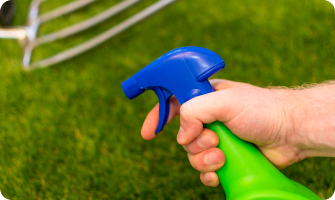Who Is Most at Risk of Plant Poisoning?
Do not eat any parts, nor contact with the sap of toxic or unknown plants;
If you need to kill it, wear long-sleeved shirts, pants and gloves with sharp tools to dig it out completely;
Clean the tools with rubbing alcohol or soap and water but do not do that with bare hands;
Clean your hands and skin once exposed to plants with soap and water;
Consider using barrier creams that contain bentoquatam to prevent poison oak, ivy and sumac rashes;
Dump it in special trash cans in sealed garbage packages;
Wear properly when you hiking or working in the wilderness. Long pants, long sleeves, gloves, hiking shoes, etc., that protect you from being hurt by any plants;
Once you or your family aren’t feeling well after eating, touching or inhaling anything from toxic plants, please call your doctor for help ASAP!
Outdoor Workers and Recreationalists
Foragers
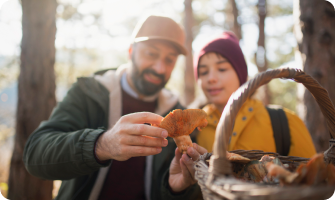
Children

Common Toxic Houseplants
Aloe:

Philodendron:
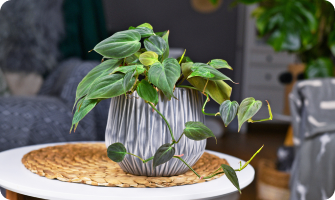
Peace Lily:
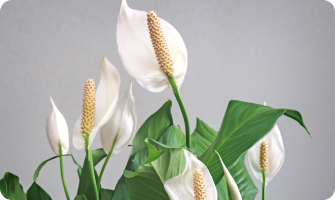
Snake Plant:

Common Toxic Garden Plants
Daffodil:

Hydrangea:

Rhododendrons

Rhubarb

Common Toxic Weeds in the Yard
Bittersweet Nightshade

Buttercups

Foxgloves
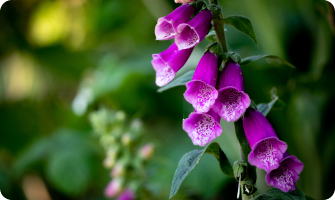
How to Tend to or Get Rid of Toxic Plants
How to Tend to Poisonous Plants
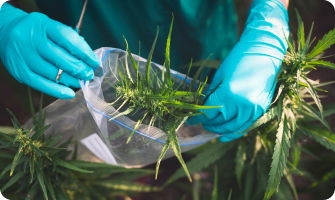
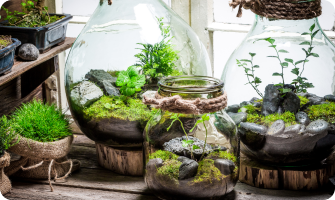
How to Get Rid of Poisonous Plants
